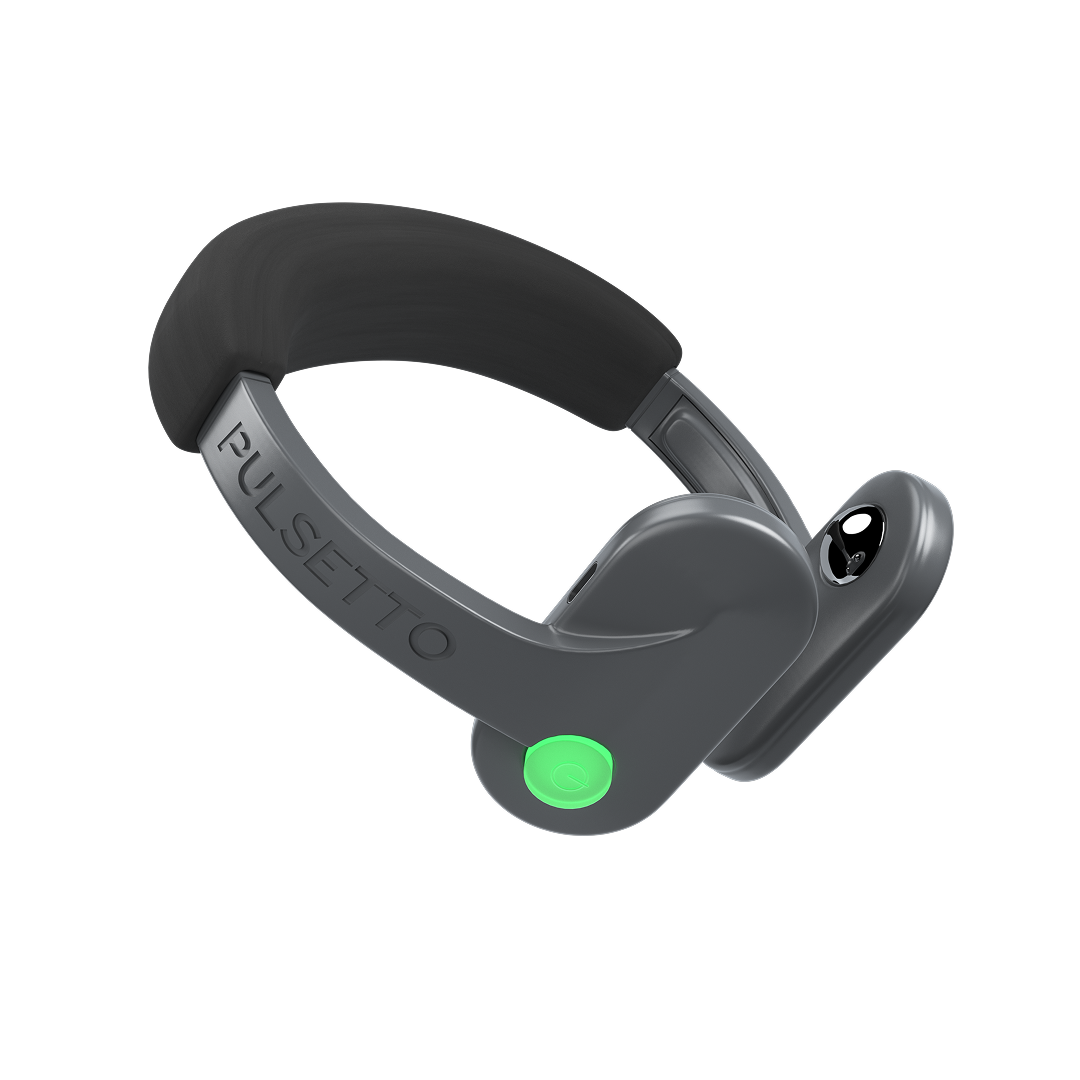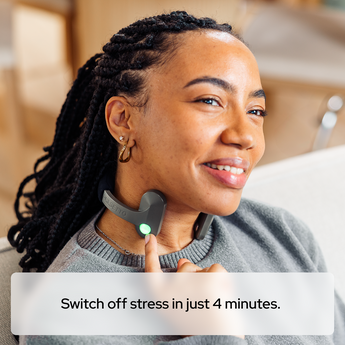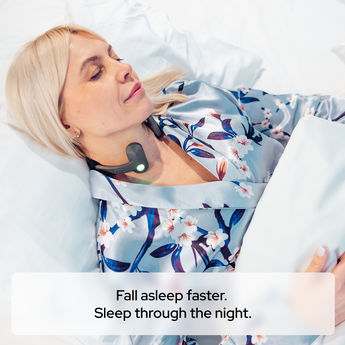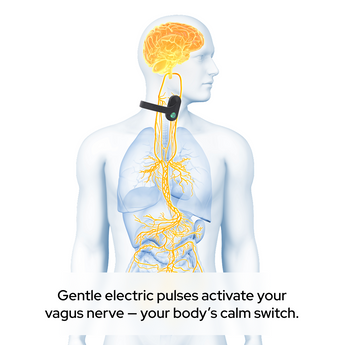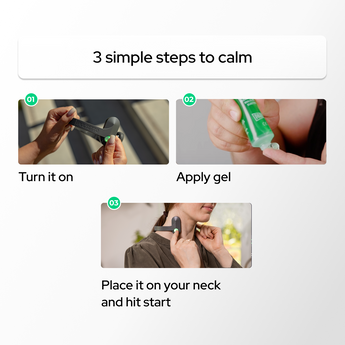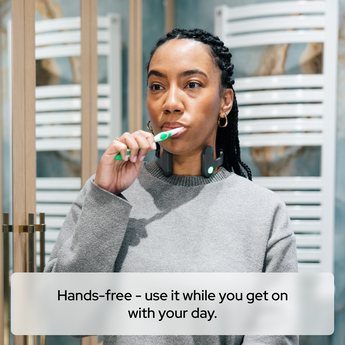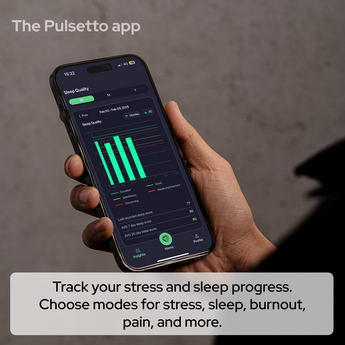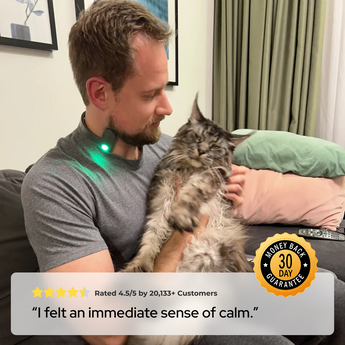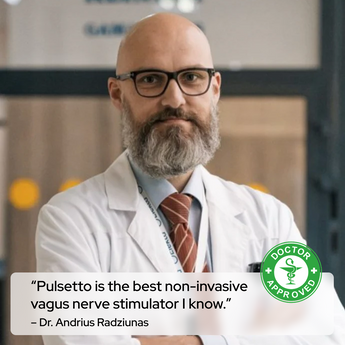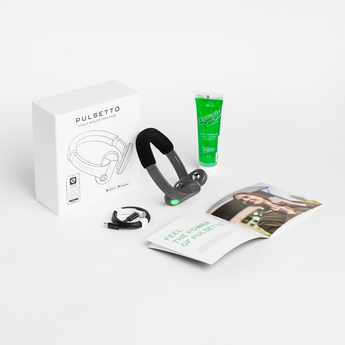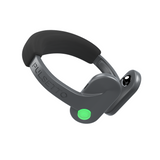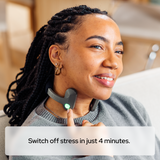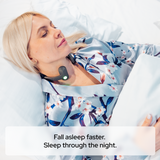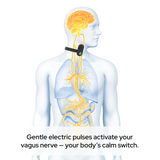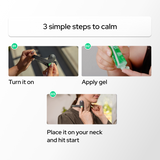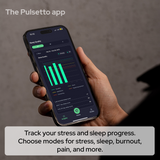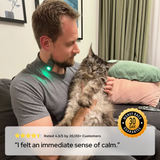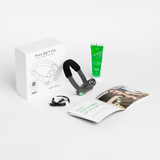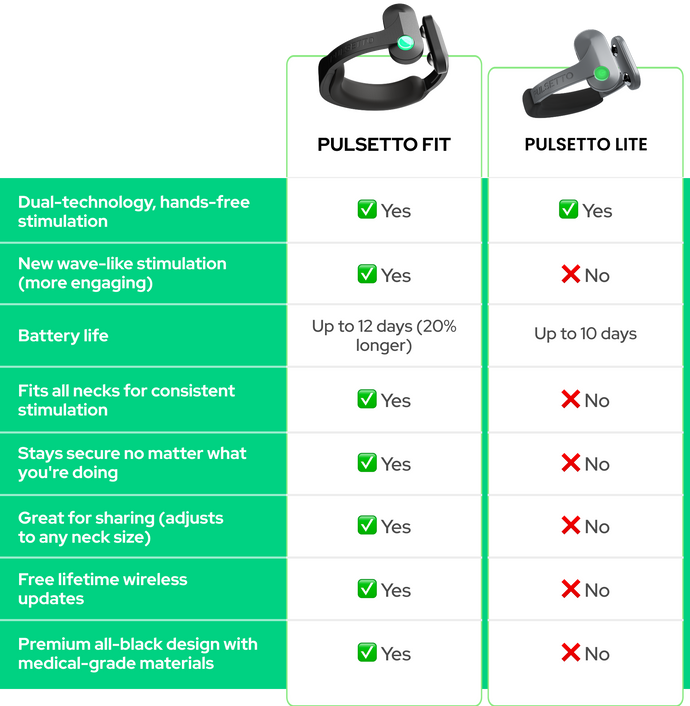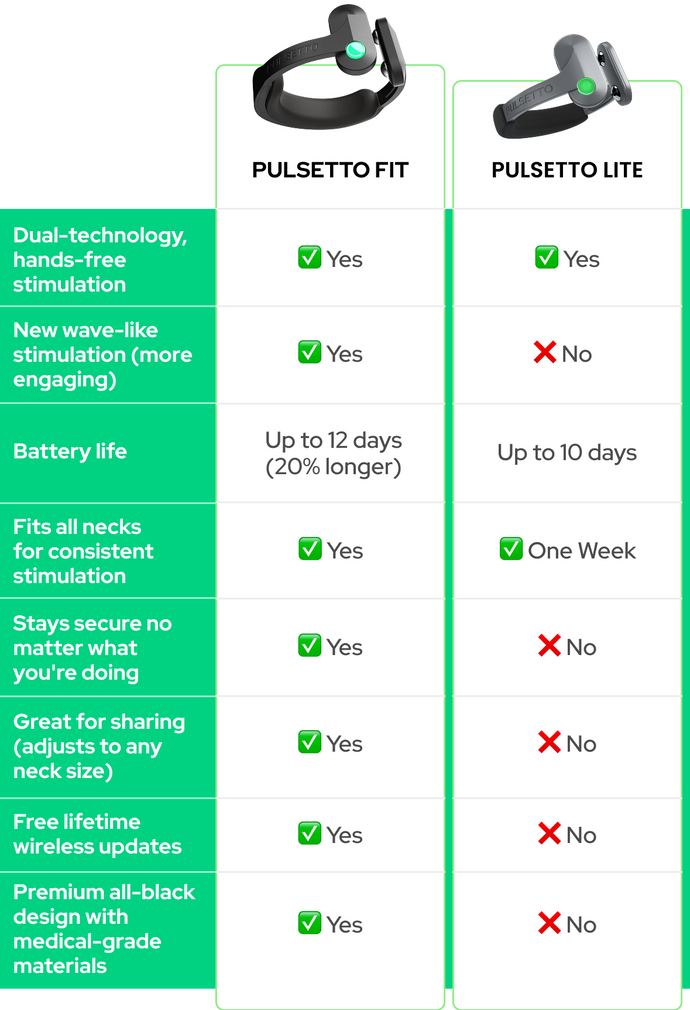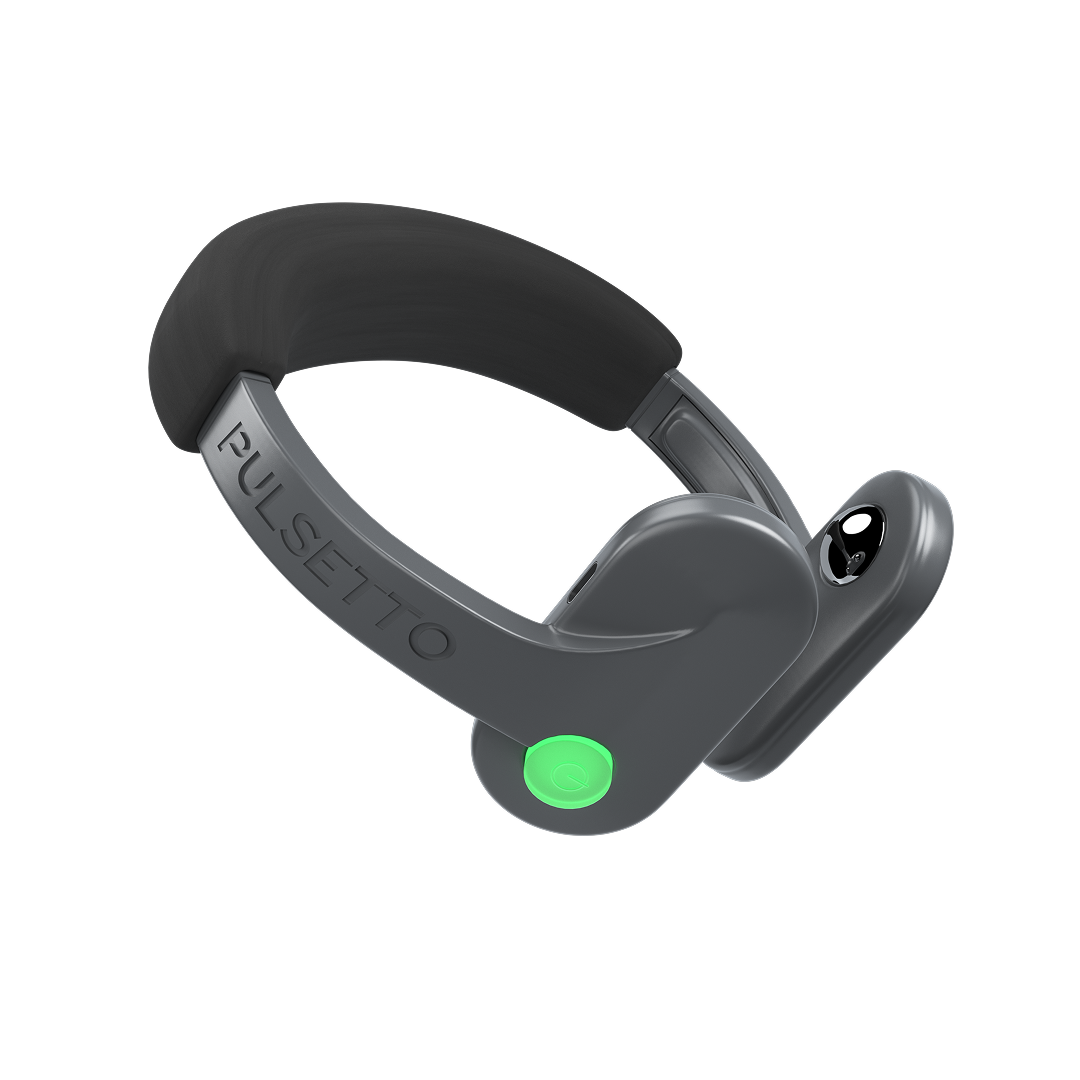Role of the Vagus Nerve in Stress Management
The vagus nerve acts as a bridge between the brain and the body, sending signals that help regulate various bodily functions: when we stimulate the vagus nerve, we can influence these signals to promote relaxation and reduce stress.
Physiological Functions of the Vagus Nerve
The vagus nerve controls several important physiological functions, including:
- Heart rate regulation
- Digestive processes
- Immune response
- Inflammation control
Most importantly, the vagus nerve helps balance the autonomic nervous system, which consists of the sympathetic (fight or flight) and parasympathetic (rest and digest) branches. By stimulating the vagus nerve, we can shift the balance towards the parasympathetic state, promoting relaxation and reducing stress.
Connection Between Vagus Nerve and Heart Rate Variability (HRV)
Heart Rate Variability (HRV) is the variation in time between each heartbeat and is a measure of the autonomic nervous system's flexibility and resilience. Higher HRV indicates a healthy, well-functioning vagus nerve and a strong ability to handle stress. On the other hand, low HRV is associated with chronic stress, anxiety, and various health issues.
By improving HRV through vagus nerve stimulation, we can enhance our body's ability to recover from stress and maintain overall health.
Breathing Exercises for Better HRV
Breathing exercises are one of the simplest and most effective ways to stimulate the vagus nerve and improve HRV - by focusing on your breath, you can activate the parasympathetic nervous system, which helps reduce stress and promote relaxation. One effective technique is diaphragmatic breathing, also known as belly breathing. Here's how you can do it:
- Find a comfortable place to sit or lie down.
- Place one hand on your chest and the other on your abdomen.
- Inhale deeply through your nose, allowing your abdomen to rise while keeping your chest still.
- Exhale slowly through your mouth, letting your abdomen fall.
- Repeat this process for 5-10 minutes, focusing on the rise and fall of your abdomen.
Another effective technique is the 4-7-8 breathing method, which involves inhaling for 4 seconds, holding the breath for 7 seconds, and exhaling for 8 seconds. Practicing these exercises daily can significantly improve your HRV and reduce stress.
Mindfulness and Meditation Practices
Mindfulness and meditation empower you to focus your attention on the present moment, which can help calm the mind and body. Here's a simple mindfulness exercise you can try:
Find a quiet place to sit comfortably. Close your eyes and take a few deep breaths. Focus on the sensation of your breath entering and leaving your body. If your mind starts to wander, gently bring your attention back to your breath. Practice this for 5-10 minutes each day to experience the benefits.
Meditation practices such as loving-kindness meditation or body scan meditation can also be highly effective. These techniques help you develop a sense of inner peace and reduce the physiological effects of stress. Over time, regular mindfulness and meditation can improve HRV and overall well-being.
Non-Invasive Treatments for Vagus Nerve Stimulation
In addition to exercises, several non-invasive treatments can also stimulate the vagus nerve and improve HRV; they can be easily incorporated into your daily routine and help you manage stress naturally.
Forest Therapy and Nature Walks
Spending time in nature has been shown to have a calming effect on the mind and body. Walking in a natural setting can stimulate the vagus nerve, reduce cortisol levels, and improve HRV. To get the most benefit, aim to spend at least 30 minutes in nature a few times a week. Pay attention to the sights, sounds, and smells around you, and allow yourself to fully immerse in the experience.

Experience the calming effects of forest therapy - spending 30 minutes in nature can stimulate the vagus nerve, reduce stress, and improve overall well-being.
Yoga and Tai Chi
Yoga and Tai Chi are mind-body practices that combine physical movement with breath control and meditation, which are known to enhance vagal tone, improve HRV, and reduce stress. Yoga poses such as the child's pose, cat-cow stretch, and legs-up-the-wall can be particularly effective for stimulating the vagus nerve. Tai Chi, with its slow, flowing movements, can also help calm the mind and improve overall well-being.
Massage Therapy
Massage therapy is another excellent way to stimulate the vagus nerve and reduce stress. Techniques such as deep tissue massage, Swedish massage, and reflexology can help activate the parasympathetic nervous system and improve HRV. Regular massage sessions can also relieve muscle tension, improve circulation, and promote relaxation.
Music Therapy and Singing
Listening to calming music or singing has a positive effect on vagal tone, and singing, especially humming or chanting, directly stimulates the vagus nerve through vibrations in the vocal cords. Try incorporating music therapy or singing into your daily routine to enhance your HRV and reduce stress.
Implementing Vagus Nerve Stimulation in Daily Life
Here are some practical tips to help you stay on track:
- Set aside a specific time each day for your exercises and treatments.
- Start with short sessions and gradually increase the duration as you become more comfortable.
- Use reminders or alarms to help you remember your practice.
- Find a quiet, comfortable space where you can practice without distractions.
- Keep a journal to track your progress and note any changes in your stress levels and HRV.
Creating a Routine with Vagus Nerve Stimulation Exercises
Here's an example routine to get you started:
- Morning: Start your day with a 5-minute diaphragmatic breathing exercise.
- Midday: Take a short walk in nature or practice a few yoga poses.
- Evening: Spend 10 minutes practicing mindfulness or meditation before bed.
Apps and Devices to Track Progress
Using apps and devices can help you track your progress and stay motivated - you can select from several apps available that can monitor your HRV, guide you through breathing exercises, and provide reminders for your practice.
Wearable devices such as heart rate monitors and smartwatches will also provide real-time feedback on your HRV and overall health, gaining insights into your progress and making informed adjustments to your routine.
Pulsetto: Managing Stress Through Vagus Nerve Stimulation
Pulsetto is an innovative device designed to stimulate the vagus nerve and help manage stress, providing a convenient and effective way to improve HRV and enhance overall well-being.

Take measures to reduce stress and enhance your well-being with Pulsetto, the innovative vagus nerve stimulator that delivers non-invasive, effective vagus nerve stimulation.
Overview of Pulsetto Device
Our Pulsetto device is worn around the neck and uses gentle electrical pulses to stimulate the vagus nerve, activating the parasympathetic nervous system and promoting relaxation. You can control it through a smartphone app, customizing the intensity and duration of the stimulation sessions.
Here are some key features of the Pulsetto device:
- Non-invasive and easy-to-use
- Customizable settings for personalized treatment
- Portable and lightweight design
- Compatible with both iOS and Android devices
Recommendations for Readers
If you're looking to manage stress and improve your well-being, consider incorporating vagus nerve stimulation into your routine. Start with simple exercises and non-invasive treatments, and consider devices like Pulsetto for added benefits. Consistency and mindfulness are key to experiencing the full potential of vagus nerve stimulation- track your progress and adjust your routine as needed to achieve the best results.
Frequently Asked Questions (FAQ)
Can I stimulate my vagus nerve without a device?
Yes, you can stimulate your vagus nerve without a device through various exercises and practices - deep breathing, meditation, yoga, and spending time in nature are all effective ways to enhance vagal tone and improve HRV.
How long does it take to see results from vagus nerve stimulation?
Results from vagus nerve stimulation can vary depending on the individual and the methods used - some people may notice improvements in their stress levels and HRV within a few weeks, while others may take longer.
- Start with short, daily sessions and gradually increase the duration and intensity.
- Combine different methods, such as breathing exercises, meditation, and non-invasive treatments, for a comprehensive approach.
- Track your progress to monitor improvements and make necessary adjustments to your routine.
Is Pulsetto safe for everyone to use?
The Pulsetto device is designed to be safe and easy to use for most people. However, it's essential to follow the manufacturer's instructions and consult with a healthcare professional if you have any underlying health conditions or concerns. Pregnant women, individuals with pacemakers, or those with certain medical conditions should seek medical advice before using the device.



